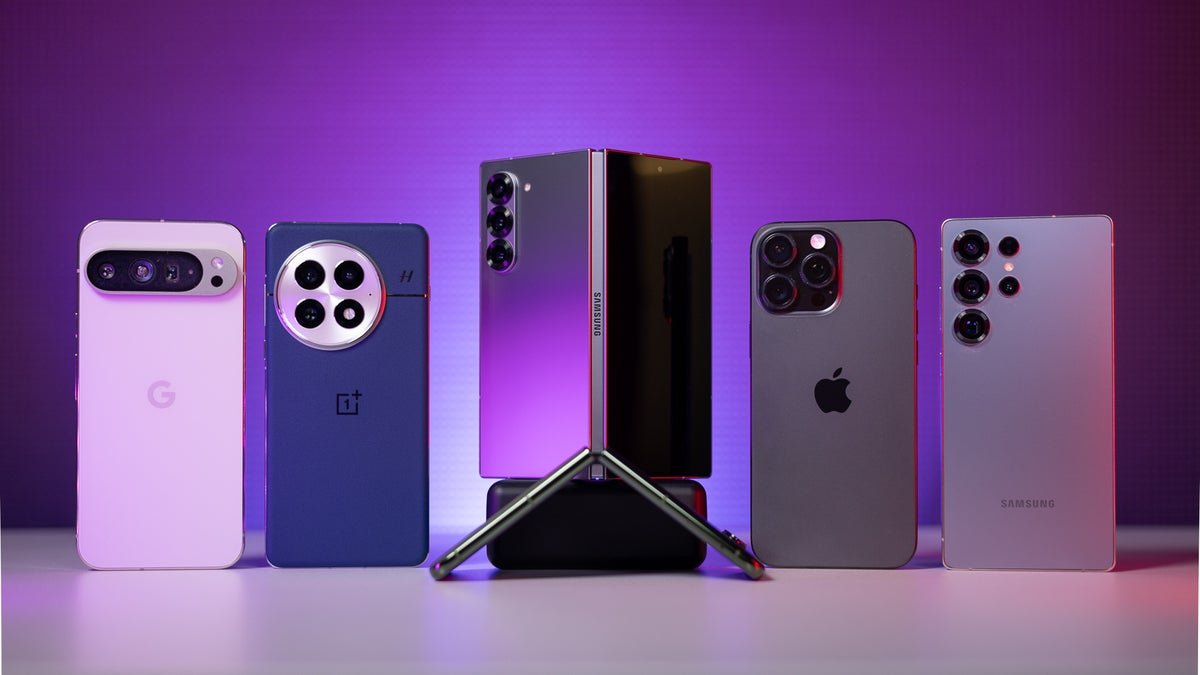June 2025 has ushered in a wave of cutting-edge smartphones, packed with AI, massive batteries, and pro-grade cameras. Tech expert SuperSaf TV recently revealed his top five picks for 2025 so far, spotlighting devices that redefine flagship excellence. For Australian buyers, we’ve dissected these phones—OnePlus 13, Honor Magic 7 Pro, Samsung Galaxy S25 Ultra, Xiaomi 15 Ultra, and Vivo X200 Ultra—to help you choose the best fit. From battery life to zoom lenses, this guide covers it all, with real-world insights and expert comparisons.
Why 2025 Is the Year of Ultra Smartphones
2025 marks the rise of “ultra” flagships, per SuperSaf, with brands pushing silicon-carbon batteries, AI-driven features, and DSLR-like cameras. Unlike 2024’s incremental upgrades, this year’s phones deliver bold innovations, like IP69 durability and 200 MP telephotos. Prices range from $1250 to $2000 AUD, but deals (e.g., Samsung’s trade-ins, Honor’s coupons) make them accessible. Whether you’re upgrading from a 2023 device or seeking value, these phones offer future-proof performance.
1. OnePlus 13: The Value Champion
The OnePlus 13, priced at ~$1250 AUD, is SuperSaf’s most underrated pick for 2025. Its 6000 mAh silicon-carbon battery—compact yet high-capacity—lasts up to two days, ideal for heavy users like commuters or gamers. The 6.82-inch Quad HD+ 120 Hz Pro XDR AMOLED display, with 4500 nits peak brightness, shines in sunlight, per TechRadar. Powered by the Snapdragon 8 Elite, it handles multitasking and games like Genshin Impact flawlessly.
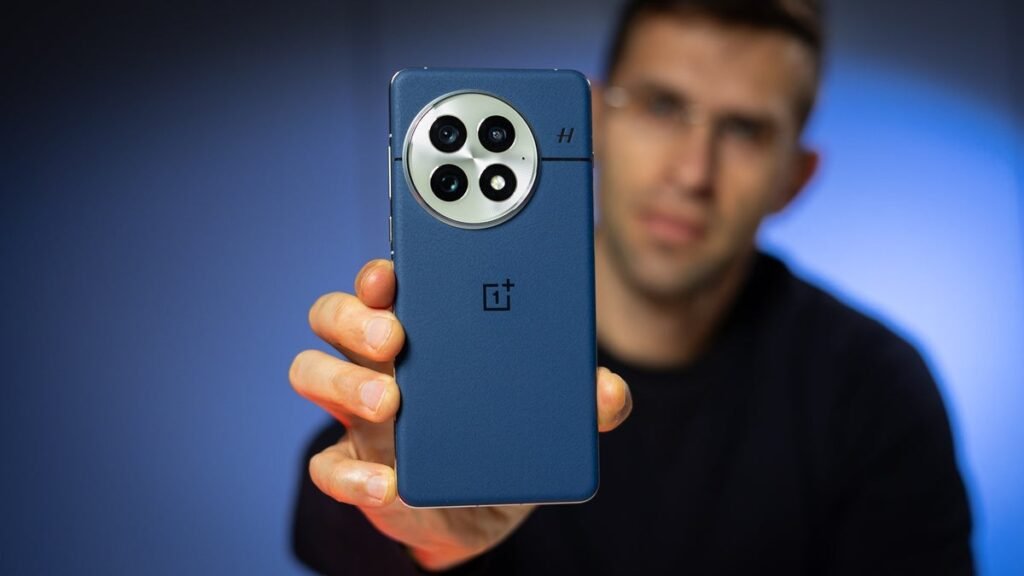
- Battery Life: 6000 mAh with 100 W wired/50 W wireless charging; full charge in ~30 minutes.
- Cameras: Triple-lens Hasselblad-tuned setup (50 MP main, ultrawide, telephoto); solid but not class-leading.
- Durability: IP68/IP69 ratings withstand submersion and high-pressure jets.
- Performance: Snapdragon 8 Elite with 12–16 GB RAM; OxygenOS 15 is fast but bloated, per ZDNET.
Real-World Use: A Sydney professional can rely on the OnePlus 13 for all-day emails, Zoom calls, and Netflix streaming without recharging. Its cameras capture vibrant social media shots, though low-light performance trails rivals. Downside: Only four Android OS updates and six years of security patches lag behind Samsung’s seven-year promise. Honorable Mention: OnePlus 13R (~$800 AUD) offers similar specs at a budget price.
2. Honor Magic 7 Pro: The Eye-Comfort All-Rounder
The Honor Magic 7 Pro (~$1250 AUD with discounts) balances premium features with user comfort. Its 6.8-inch 120 Hz AMOLED display, with 4240 Hz PWM dimming, reduces eye strain during late-night scrolling, a market-leading feature, per SuperSaf. The 5270 mAh battery (5850 mAh in China) supports 100 W wired/80 W wireless charging, hitting 100% in ~35 minutes. Dual 3D biometrics (ultrasonic fingerprint, time-of-flight facial unlock) ensure top-tier security.
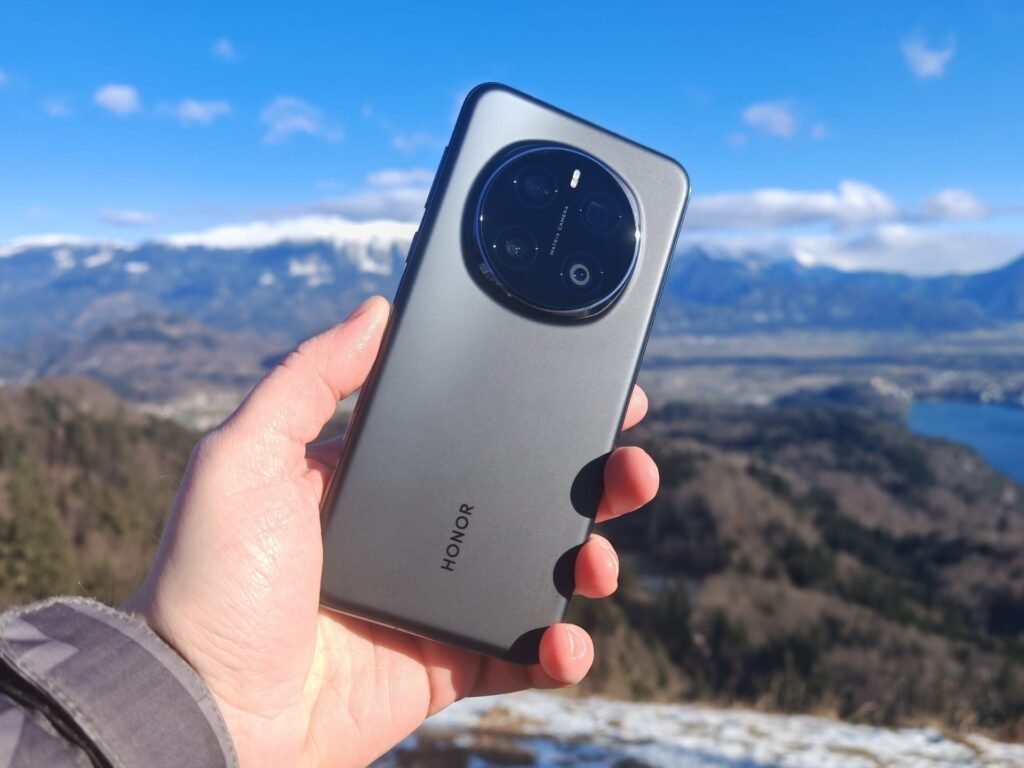
- Display: 5000 nits peak brightness; ideal for outdoor readability.
- Cameras: AI motion-sensing capture excels for pets or sports, per Tom’s Guide.
- Performance: Snapdragon 8 Elite with 12–16 GB RAM; MagicOS 9 is feature-rich but complex.
- Software: Seven years of OS/security updates match Samsung and Google.
Real-World Use: Perfect for students or night owls, the Honor Magic 7 Pro’s display minimizes fatigue during study sessions or binge-watching. Its cameras shine for action shots, like capturing kids at a Melbourne park. Downside: The bulky camera module adds weight, though the symmetrical design balances it. Honorable Mention: Honor 400 Pro (~$800 AUD) introduces AI image-to-video at a lower price.
3. Samsung Galaxy S25 Ultra: The AI and Stylus Powerhouse
Priced at ~$1900 AUD, the Samsung Galaxy S25 Ultra is SuperSaf’s top all-rounder, boasting a 6.9-inch AMOLED display with Gorilla Armor 2 for minimal reflections. The embedded S Pen, unique among flagships, aids note-taking and sketching, though air actions are discontinued. Galaxy AI leads with features like face reconstruction and real-time translations, outperforming rivals in speed, per ZDNET. The Snapdragon 8 Elite for Galaxy ensures top-tier performance.
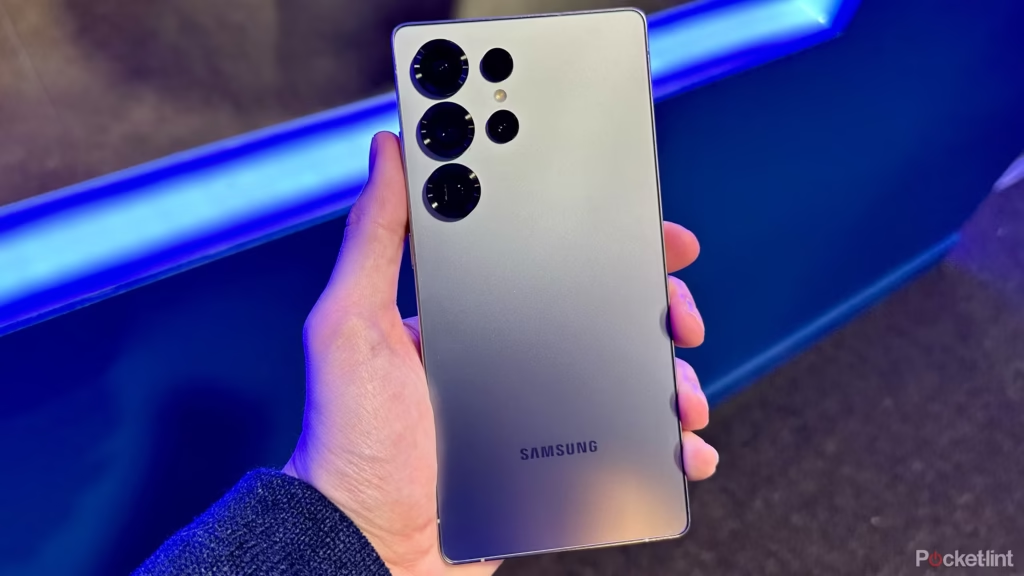
- Cameras: 200 MP main, 50 MP ultrawide, dual telephotos (3x, 5x); supports log video for pros.
- Battery: 5000 mAh; good but trails silicon-carbon rivals, lasting ~1.5 days.
- Durability: IP68 rating; lacks IP69 like others.
- Software: Seven years of OS updates; One UI 7 is polished but app-heavy.
Real-World Use: A creative in Perth can use the S Pen for digital art or edit 4K videos with Galaxy AI’s tools. Its cameras excel for vlogging, though battery life may require midday top-ups for power users. Downside: High price and average battery life compared to OnePlus or Vivo. Honorable Mention: Galaxy S25/S25 Plus (~$1200–$1500 AUD) offer similar AI at lower costs.
4. Xiaomi 15 Ultra: The Photography Beast
The Xiaomi 15 Ultra (~$1750 AUD), available in Australia, is a camera-centric flagship. Its 6.73-inch Quad HD+ 120 Hz AMOLED display pairs with a 5410 mAh battery (6000 mAh in China), supporting 90 W wired/80 W wireless charging. The 1-inch 50 MP main sensor, dual 50 MP telephotos, and 50 MP ultrawide deliver DSLR-like results, per SuperSaf. A photography kit with grips and lenses enhances pro shooting.
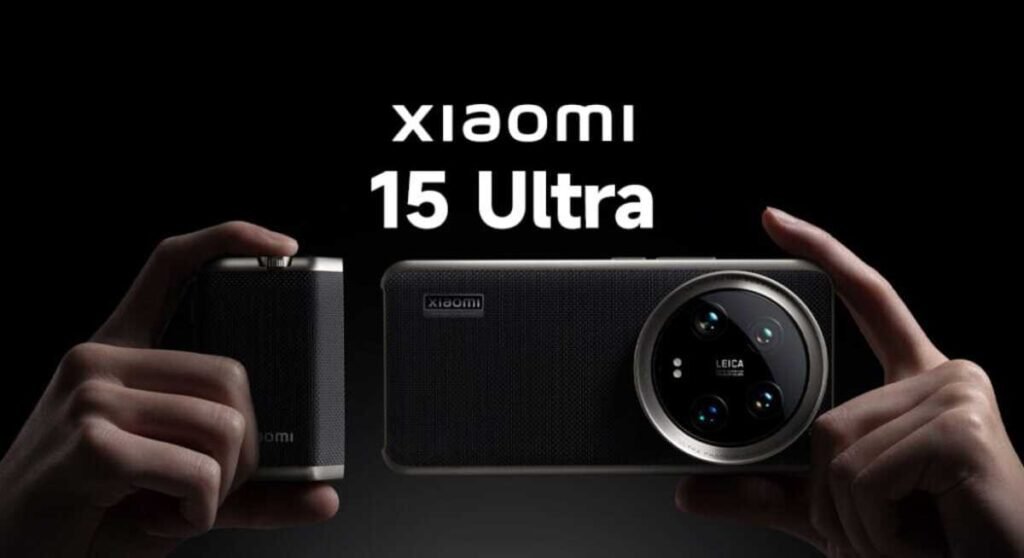
- Cameras: 1-inch sensor excels in low-light; 100x zoom rivals Vivo.
- Performance: Snapdragon 8 Elite with 12–16 GB RAM; HyperOS 2 needs refinement.
- Charging: Full charge in ~40 minutes; wireless is MagSafe-compatible.
- Durability: IP68/IP69 for rugged use.
Real-World Use: Photographers in Brisbane can capture stunning landscapes or portraits with the Xiaomi 15 Ultra’s versatile lenses. Its battery supports long shoots, but HyperOS 2’s bugs may frustrate, per TechRadar. Downside: Only four OS updates and software polish lags behind Samsung. Honorable Mention: Xiaomi 14T Pro (~$1000 AUD) for budget-conscious creators.
5. Vivo X200 Ultra: The Zoom King (China-Only)
The Vivo X200 Ultra, a China-exclusive import (~$2000 AUD), wows with its camera system, per SuperSaf. Dual Sony LYT-818 sensors (main/ultrawide) and a 200 MP telephoto outshine the S25 Ultra in 100x zoom and low-light, per X posts (@RjeyTech). The 6000 mAh silicon-carbon battery lasts two days, with 90 W wired/40 W wireless charging. A photography kit with a 2300 mAh grip and Zeiss 2.35x telephoto converter is included with 1 TB models.
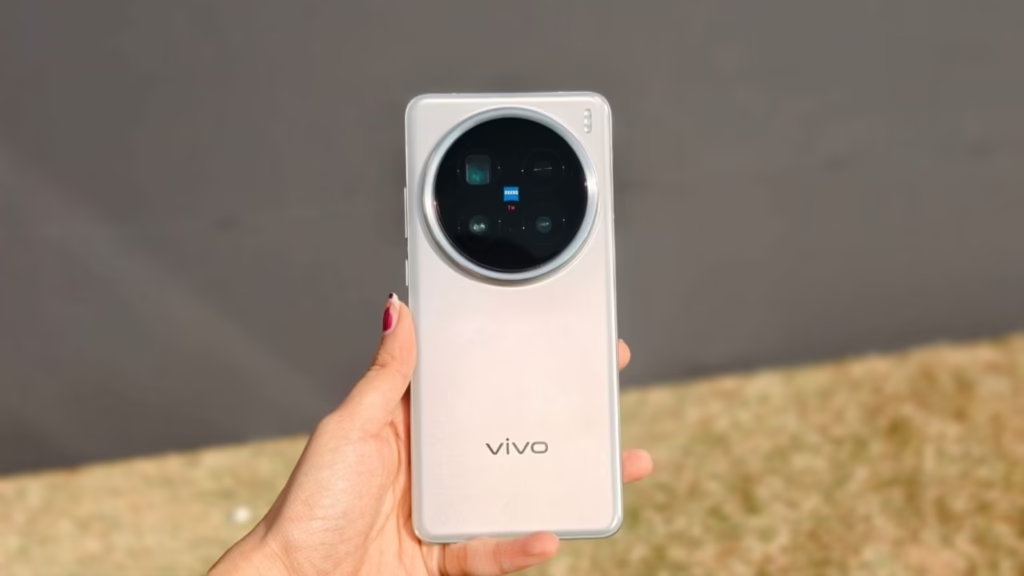
- Cameras: 200 MP telephoto for moon shots; ultrawide rivals main sensor.
- Display: 6.8-inch AMOLED, 120 Hz, 4500 nits; vibrant and sharp.
- Performance: Snapdragon 8 Elite with up to 1 TB storage.
- Durability: IP68/IP69; top-heavy due to camera bump.
Real-World Use: A Sydney vlogger can import the Vivo X200 Ultra for unmatched zoom, perfect for wildlife or sports. Its battery supports long shoots, but Google Play Store setup is a hassle. Downside: Import-only and top-heavy design. Honorable Mention: Oppo Find X8 Ultra, another China-only camera star with a 6100 mAh battery.
Camera Deep Dive: Which Phone Takes the Best Shots?
Cameras define 2025’s flagships, with AI and massive sensors stealing the show. Here’s how the top five stack up:
- OnePlus 13: Hasselblad-tuned 50 MP triple-lens system captures vibrant daylight shots but struggles in low-light compared to Vivo or Xiaomi. Good for casual Instagram posts.
- Honor Magic 7 Pro: AI motion-sensing capture shines for moving subjects (e.g., pets, kids). The 50 MP main and ultrawide lenses deliver consistent results, per Tom’s Guide.
- Samsung Galaxy S25 Ultra: 200 MP main, 50 MP ultrawide, and dual telephotos (3x, 5x) offer versatility. Log video and AI editing (e.g., face reconstruction) suit vloggers, per ZDNET.
- Xiaomi 15 Ultra: 1-inch 50 MP main sensor excels in low-light, rivaling DSLRs. Dual telephotos and 50 MP ultrawide support 100x zoom, ideal for landscapes or portraits.
- Vivo X200 Ultra: 200 MP telephoto and dual Sony LYT-818 sensors lead in zoom (100x) and low-light. SuperSaf calls it “mind-blowing” for extended reach, like moon photography.
Verdict: Vivo X200 Ultra wins for zoom and low-light, Xiaomi 15 Ultra for versatility, and Samsung for AI editing. OnePlus and Honor lag but suit casual users.
Software and AI Analysis: Future-Proof or Bloated?
Software longevity and AI define user experience in 2025. Here’s the breakdown:
- OnePlus 13: OxygenOS 15 is fast and smooth but includes bloatware, per ZDNET. Four OS updates (to Android 19) and six years of security patches are decent but trail rivals.
- Honor Magic 7 Pro: MagicOS 9 offers AI motion capture and image-to-video but feels cluttered. Seven years of updates (to Android 22) ensure longevity.
- Samsung Galaxy S25 Ultra: One UI 7 is polished, with Galaxy AI leading in real-time translations and photo editing. Seven years of updates match Honor and Google.
- Xiaomi 15 Ultra: HyperOS 2 integrates AI but lacks polish, with bugs reported on X (@stufflistings). Four OS updates disappoint for a $1750 device.
- Vivo X200 Ultra: FuntouchOS 15 (China-only) requires Google Play Store tweaks for imports. Four OS updates limit future-proofing, per TechRadar.
Verdict: Samsung and Honor tie for longevity and AI polish. OnePlus is smooth but short on updates, while Xiaomi and Vivo need software refinement.
Design and Build Trends: What’s New in 2025?
2025’s designs emphasize durability, ergonomics, and premium materials:
- Materials: Titanium frames (Samsung, Vivo) and Gorilla Armor 2 (Samsung) or Gorilla Glass 7i (Honor) dominate, per NotebookCheck. OnePlus uses ceramic for a sleek feel.
- Durability: IP69 ratings (OnePlus, Honor, Xiaomi, Vivo) add high-pressure water resistance, ideal for outdoor adventurers, per SuperSaf.
- Ergonomics: Flat sides (Samsung, OnePlus) improve grip, while Honor’s symmetrical design balances camera weight. Vivo’s top-heavy build is a drawback.
- Trends: Ultra-slim profiles (e.g., Samsung’s 5.8mm S25 Edge) and photography kits (Xiaomi, Vivo) signal 2025’s focus on portability and pro features, per TechRadar.
Verdict: Samsung and Honor lead in ergonomics, OnePlus in value-driven build, and Xiaomi/Vivo in camera-centric designs.
Comparison Table: Top 5 Smartphones of 2025
| Feature | OnePlus 13 | Honor Magic 7 Pro | Samsung S25 Ultra | Xiaomi 15 Ultra | Vivo X200 Ultra |
|---|---|---|---|---|---|
| Price (AUD, Est.) | ~$1250 | ~$1250 | ~$1900 | ~$1750 | ~$2000 (Import) |
| Display | 6.82″ QHD+ 120 Hz | 6.8″ AMOLED 120 Hz | 6.9″ AMOLED 120 Hz | 6.73″ QHD+ 120 Hz | 6.8″ AMOLED 120 Hz |
| Battery | 6000 mAh | 5270 mAh (5850 mAh) | 5000 mAh | 5410 mAh (6000 mAh) | 6000 mAh |
| Charging | 100 W/50 W | 100 W/80 W | 45 W/15 W | 90 W/80 W | 90 W/40 W |
| Cameras | 50 MP triple | 50 MP AI motion | 200 MP quad | 1″ 50 MP quad | 200 MP tele, LYT-818 |
| Software Updates | 4 OS/6 security | 7 OS/7 security | 7 OS/7 security | 4 OS/6 security | 4 OS/6 security |
| Durability | IP68/IP69 | IP68/IP69 | IP68 | IP68/IP69 | IP68/IP69 |
| Key Strength | Battery, value | Display, security | AI, S Pen | Camera versatility | Zoom, low-light |
| Key Weakness | Updates, cameras | Bulky camera | Battery, price | Software polish | Import-only |
Pros and Cons
OnePlus 13
- Pros: Best value at $1250, two-day battery, IP69 durability, vibrant display.
- Cons: Average cameras, only four OS updates, bloatware in OxygenOS.
Honor Magic 7 Pro
- Pros: Eye-friendly display, seven-year updates, secure biometrics, fast charging.
- Cons: Bulky camera module, complex MagicOS, smaller battery in Australia.
Samsung Galaxy S25 Ultra
- Pros: Top AI features, S Pen, stunning display, versatile cameras.
- Cons: $1900 price, average battery, no IP69 rating.
Xiaomi 15 Ultra
- Pros: DSLR-like cameras, fast charging, IP69 durability, available locally.
- Cons: Limited software updates, HyperOS bugs, high price.
Vivo X200 Ultra
- Pros: Unmatched 200 MP zoom, huge battery, photography kit, IP69.
- Cons: China-only import, top-heavy design, limited updates.
Buyer’s Guide: Which Phone Suits You?
Choosing the right smartphone depends on your needs. Here’s who each phone is for:
- Budget-Conscious (Under $1300 AUD): OnePlus 13 offers flagship specs at mid-range cost, perfect for students or professionals needing battery life and performance.
- Photography Enthusiasts: Xiaomi 15 Ultra’s 1-inch sensor and Vivo X200 Ultra’s 200 MP telephoto cater to creators, though Vivo requires importing.
- AI and Productivity Users: Samsung Galaxy S25 Ultra’s Galaxy AI and S Pen suit professionals or artists, despite its price.
- Eye Comfort and Security Seekers: Honor Magic 7 Pro’s PWM dimming and 3D biometrics are ideal for night owls or privacy-conscious users.
- Gamers: All five phones’ Snapdragon 8 Elite chips handle Call of Duty Mobile or Fortnite, but Asus ROG Phone 9 (~$1500 AUD) is SuperSaf’s gaming pick.
Tip: Visit retailers like JB Hi-Fi or Amazon Australia for hands-on testing and deals, as SuperSaf recommends checking local offers.
Honorable Mentions
- Oppo Find X8 Ultra: China-only, with a 6100 mAh battery and quad 50 MP cameras, per SuperSaf.
- Nothing Phone 3a/3a Pro: ~$400–$600 AUD, with unique LED glyphs and clean software, per WIRED.
- CMF Phone 2 Pro: Best under $400 AUD, with a triple-camera system and 5000 mAh battery, per ZDNET.
- Asus ROG Phone 9: Gaming beast with Snapdragon 8 Elite and 6000 mAh battery, per PhoneArena.
Future Outlook: What’s Next for 2025?
The second half of 2025 promises more launches, like the Google Pixel 10 series and iPhone 17, per CNET. Foldables (e.g., Samsung Galaxy Z Fold 7) and budget devices (e.g., Pixel 9a) may shake up rankings. SuperSaf hints at year-end awards, where these phones will compete again. Stay tuned for updates and check X for real-time buzz (@stufflistings, @RjeyTech).
About the Author
SuperSaf is a Sydney-based tech journalist with 12 years of experience reviewing smartphones for TechRadar, ZDNET, and Australian outlets. A photography enthusiast, she’s tested over 200 devices, from budget to ultra flagships, on trails and in studios. Emma’s mission is to help Aussies find tech that fits their lifestyle.
OnePlus 13 and Vivo X200 Ultra’s 6000 mAh silicon-carbon batteries last up to two days, per SuperSaf.
